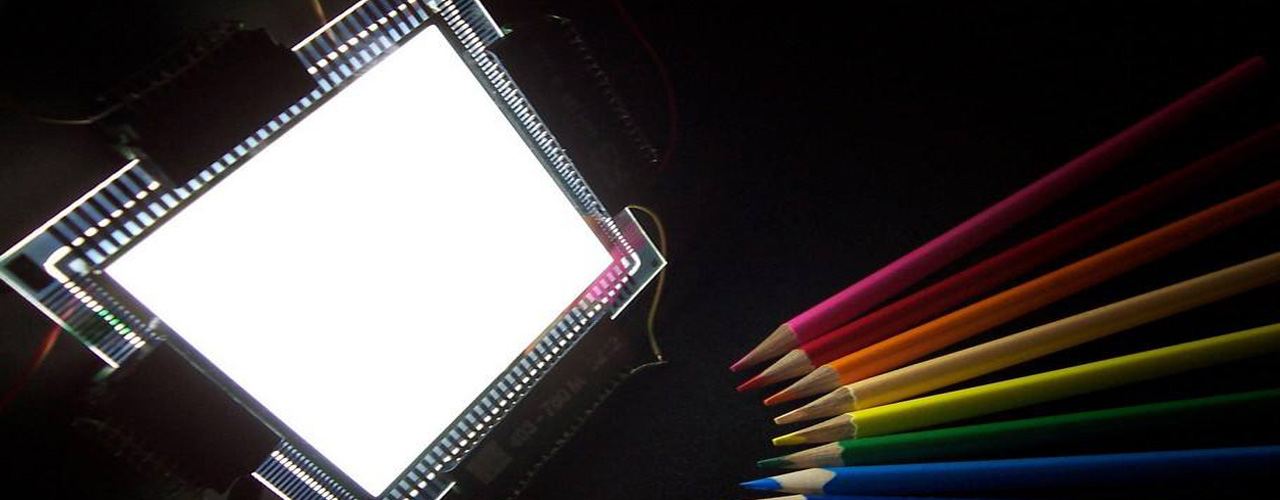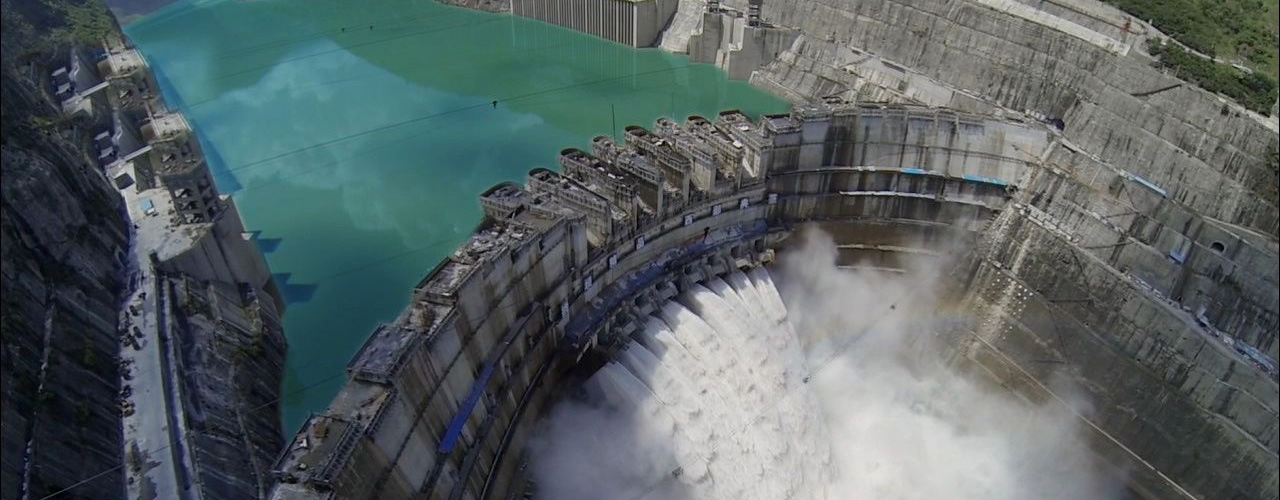2019 Asia-Pacific Microwave Conference
10 – 13 December 2019
Sands Expo & Convention Centre, Level 4 & 5, Marina Bay Sands Singapore

The conference will cover the entire scope of microwave and millimeter wave engineering, including RF/microwave/THz, antennas & propagation and EMC/EMI. Prospective authors are invited to submit original papers on their latest research results. Proposals for special sessions, workshops and tutorials are also solicited and welcomed.
Technical Topics

Active Devices and Circuits
Low-noise devices and circuits, high-power devices and circuits, wide band-gap devices, microwave tubes, control circuits (mixer, oscillator, switch, etc.), MMICs, RFICs, millimeter and THz wave devices and circuits, graphene devices, and other relevant topics.
Passive Components
Multiband, broadband, tunable, and reconfigurable filters, resonators, directional couplers and hybrids, waveguides and transmission lines, ferrite and SAW devices, RF MEMS, LTCC devices, packaging, metamaterials and EBG structures, plasmonic and optical components, nanomaterials, and other relevant topics.
Systems
5G systems, high-speed and broadband millimeter and THz wave systems, MIMO systems, microwave photonics, radar and sensor systems, IoT/M2M/RFID systems, wearable devices and systems, security and health monitoring systems, wireless power transfer systems, energy harvesting devices and systems, microwave medical and biomedical applications systems, whitespace systems, software defined/cognitive/smart radio systems, satellite systems, near/far field measurement, EMC/EMI, SI/PI, and other relevant topics.
Antennas and Propagation
EM field theory, EM wave propagation, wave scattering and inverse scattering, DOA estimation, localization, antenna theory and design, millimeter-wave/THz and optical antennas, small antennas, broadband and multi-band antennas, MIMO antennas, active adaptive and smart antennas, reconfigurable antennas, body channel modelling, and other relevant topics.
Emerging Areas
Nano-electromagnetics, artificial intelligence, machine learning and deep learning for wireless applications, electromagnetic-acoustics, and other relevant topics.
Technical Program

| AM1 | Date: 10 December 2019 Time: 0830hrs – 1200hrs | Practical Aspects for 5G Front End Module Design |
| PM1 | Date: 10 December 2019 Time: 1330hrs – 1730hrs | RF Front End Architectures and Technologies for 5G Mobile Applications |
| AM2 | Date: 10 December 2019 Time: 0830hrs – 1200hrs | 5G: System-Level and Component Level Demands and Solutions for Mobile and Infrastructure |
| PM2 | Date: 10 December 2019 Time: 1330hrs – 1730hrs | Recent Developments in Negative Group Delay (NGD) Devices and Applications to RF/Microwave Communication System |
| AM3 | Date: 10 December 2019 Time: 0830hrs – 1200hrs | Multibeam Antennas and Beamforming Networks |
| PM3 | Date: 10 December 2019 Time: 1330hrs – 1730hrs | Trends in Maritime Broadband Communication System: Maritime Communication in General, VDE System, LTE/5G, Maritime Navigation, Maritime Propagation Channel |
| AM4 | Date: 10 December 2019 Time: 0830hrs – 1200hrs | Resonant Measurement Methods of Dielectric and Ferromagnetic Materials in Microwave and mm-wave Spectra |
| PM4 | Date: 10 December 2019 Time: 1330hrs – 1730hrs | State-of-the-art Measurement Techniques for Microwave and Millimeter-wave Applications |
About AM4 & PM4
AM4:
The following subject will be introduced:
Measurements of in-plane permittivity with split-post dielectric resonators (SPDR) in the 1-15 GHz range. The theory of operation of SPDRs and their practical use will be addressed with the emphasis on the advantages and limitations of the method.
Measurements of in-plane permittivity with a Fabry-Perot open resonator (FPOR) in the 20-110 GHz range. Special attention will be focused on a new electromagnetic model of the resonator based on a conformal transformation technique.
Measurements of out-of-plane permittivity with a cylindrical resonator in the microwave range. It is of essential importance in the design of microwave circuits.
Measurements of the soil moisture in a cylindrical resonator. The particular application of the permittivity measurements in the extraction of the soil moisture will be discussed.
Measurements of a ferromagnetic linewidth of ferromagnetic materials in the microwave range. A new accurate approach based on mode splitting will be addressed.
PM4:
Emerging applications such as 5G, IoT, autonomous vehicles require an accurate and reliable microwave and millimeter measurements for device, circuit, wafer-level tests as well as material characterization. Although test instruments have made tremendous improvements over the years, measurement traceability, especially for frequencies beyond 110 GHz, is still of strong interest to both the scientific and industrial communities. This workshop aims to provide a comprehensive overview of the current research areas and address future directions in the field of microwave and millimeter-wave measurements.









